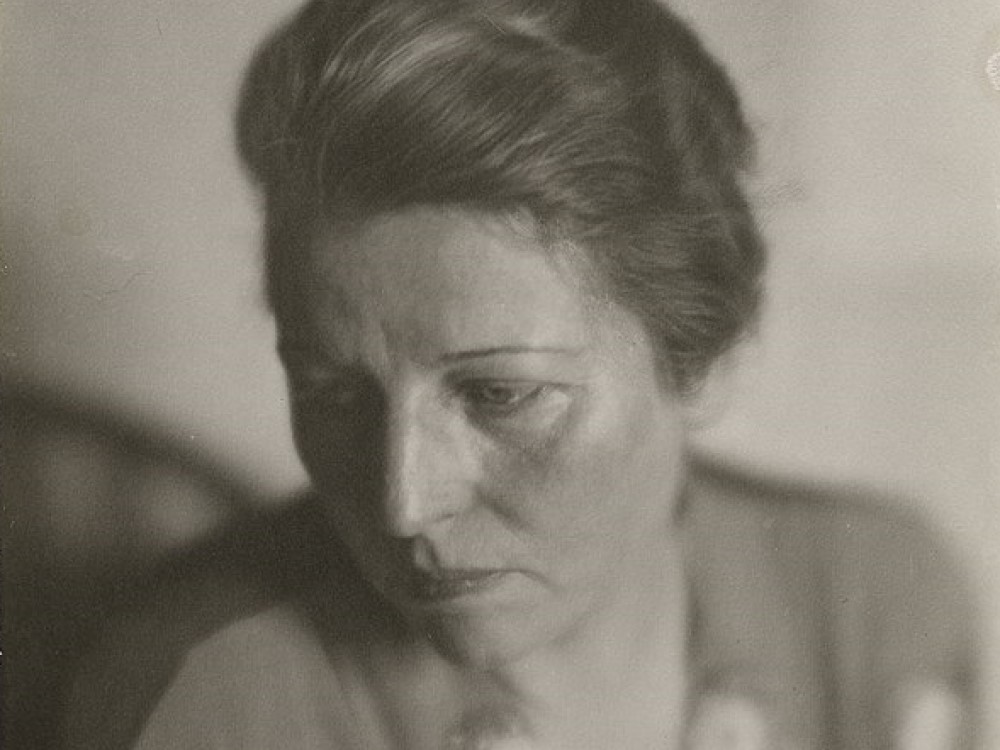
Nobel Prize-winning author Pearl S. Buck (née Sydenstricker) published prodigiously throughout her career, with much of her work focusing on her experiences in China. She was the first American woman to win the Nobel Prize in Literature and is best known for her critically acclaimed best-seller The Good Earth. The Pulitzer Prize-winning novel is a historical fiction drama centered around a family in a Chinese village during the early 20th century. As part of a trilogy, Buck continues the story in Sons and A House Divided.
Buck was born in West Virginia in 1832 to parents who were Missionaries. When she was four months old, the family moved to Zhenjiang, where she spent most of her life. She developed a deep appreciation for the Chinese culture and people and was raised to be bilingual. When she was nine years old, the Boxer Rebellion forced her family to flee to Shanghai.
Buck returned to the United States to attend college. She found the transition difficult and struggled to adapt, but soon became active in student groups and governing bodies. She graduated from Randolph-Macon Woman’s College and then returned to China to care for her ill mother.
She married an agricultural economist missionary and taught English literature in Chinese universities. She began contributing articles on Chinese life to American magazines and earned her Master of Arts. Her first novel, East Wind, West Wind, was published in 1930.
The Bucks divorced in 1935, but Pearl kept the name. She remarried Richard Walsh and they adopted six children over the years. Following the Communist Revolution in 1949, Buck was repeatedly denied entry to her beloved China. Her 1962 novel Satan Never Sleeps describes the Communist tyranny there.
Adoption became a personal crusade for Buck. She assisted in establishing an adoption agency for mixed-race children, Welcome House, and founded another child-sponsorship agency, the Pearl S. Buck Foundation (later Opportunity House) to which she turned over more than $7 million of her earnings.
Buck was also an activist and prominent advocate for the rights of women and racial equality. She died of lung cancer in 1973. Her custom-designed tombstone has her name in Chinese characters.
